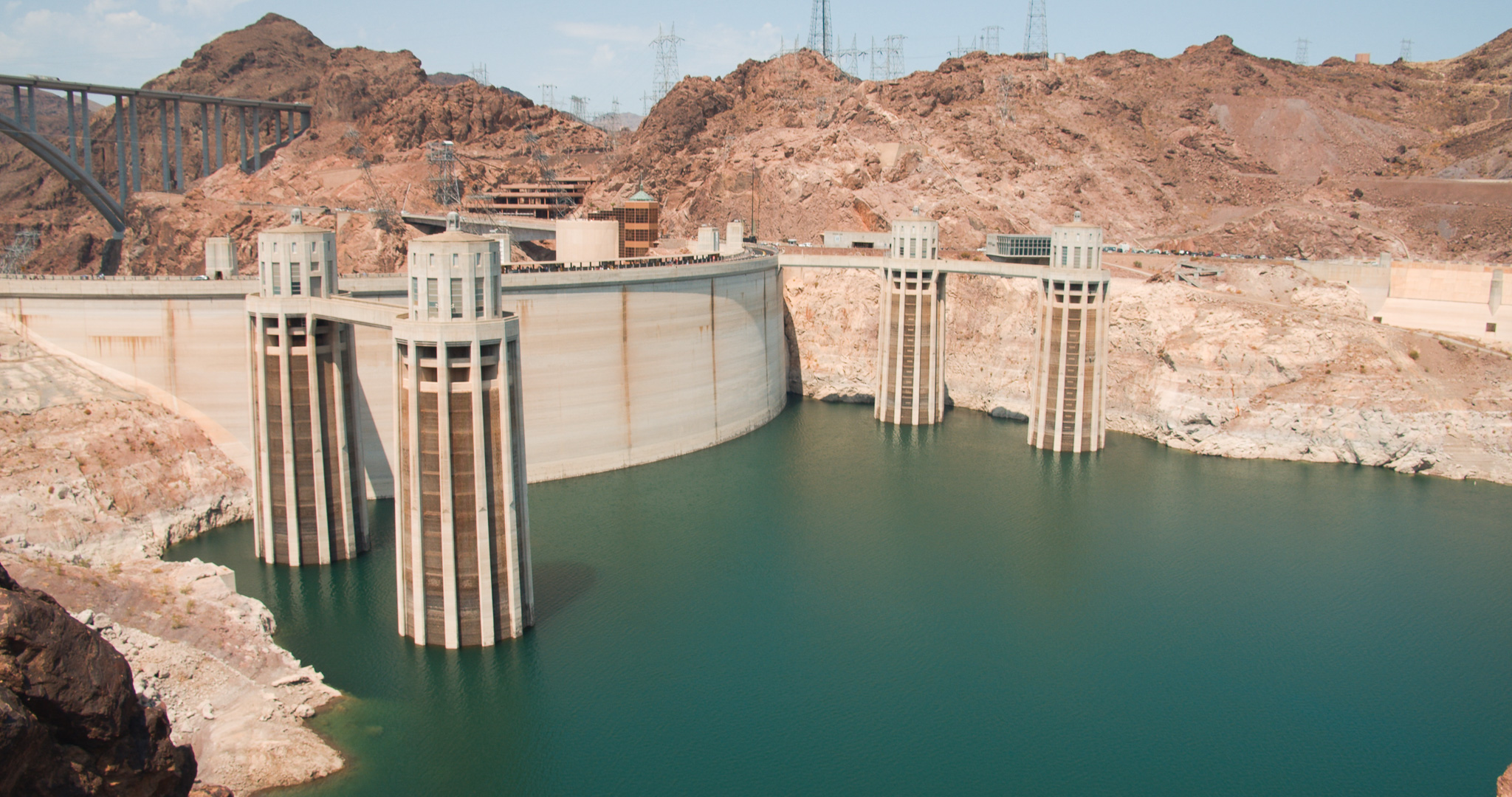As the push for more pipelines and sprawl in Vegas continues, we must ask: Is this the right time to take more water from Lake Mead?
Like the ouroboros snake that eats itself, the Western growth machine just won’t quit amid drought and aridification.
However, we are constantly being told that there’s plenty of water in the regions where there’s plenty of money and vacant land. Real estate boosters and water purveyors across Nevada and Utah are pretending that everything is normal. Or, at least, they want us to think that it’s 1999 – that period of naivete where full reservoirs and dreams of endless growth were standard for arid communities like Salt Lake, St. George, and Las Vegas.
The latter half of the 20th Century was one of the wettest periods during the last 1200 years. We can’t continue behaving like that part of history will repeat itself.
In the first decades of the 21st Century we’ve seen average flows into the Colorado River and Great Salt Lake precipitously decrease because of over-use and smaller runoffs perpetuated by climate change. The new-normal snowpacks and rainfalls are based on shifting baselines and averages that are trending downward. For example, April snowpacks declined by 23 percent from 1955 to 2022, according to EPA data collected at more than 700 sites in 12 western states.
But visions persist of more people in more patches of arid desert.
Take for example the long-promised Ivanpah airport, which would be 50 miles southwest of Vegas — opening a whole new sprawl corridor along a major interstate and catering to millions of additional tourists and cargo planes. Clark County secured the public land as a future aviation site to bolster the existing airport’s capacity in a federal bill that passed in 2000 after years of boosterism (yes, that means two airports for Vegas).
For years, the power players have been waiting in the wings for this new swath of real estate development in the Mojave Desert. At a recent PR gaggle to tout the airport, longtime SNWA lobbyist Marcus Faust said the additional airport wouldn’t be a problem for the water supply.
Of course, no scientists were invited to speak at the PR parade for the airport. I guess no one wanted to discuss the high likelihood — even according to the SNWA’s own data — that Lake Mead will trend toward dead pool, losing another 100 feet or more, in the coming decades. No one spoke about all the new subdivisions and shopping plazas that will be slated along the now-barren patches of I-15 either — all of which will rely on the Colorado River.
In Utah, Senator Mike Lee wants to model future growth off the Nevada model i.e. passing federal legislation authorizing the sale of public lands for shopping plazas, McMansions, and resorts. Even without the bill, St. George is building water parks, new reservoirs, and more homes with a shrinking Virgin River. In Cedar City, the sprawl continues alongside the push for inland ports and out-of-basin pipelines funneling groundwater for new uses. The same goes for Salt Lake as its eponymous waters disappear and in many other locations throughout Utah.
Most politicians won’t be around 20, 30 years from now. But they are making decisions that affect our communities and families for the next century. While we see lots of lip service from water providers about conservation, what we are really witnessing is the great repurposing. Rip out a lawn, build a new subdivision and cross your fingers the reservoirs and rivers won’t dry up too fast.
We can’t help but think: The Southern Nevada Water Authority still maintains 50,000 acre feet of water rights, 900,000 acres of grazing allotments, and a robust alfalfa operation for a reason. Utah clings to chintzy paper water rights for the Lake Powell Pipeline and the Bear River Development.
Our leaders want to party like it’s 1999. But what we really need are leaders who are thinking about 2099.
Those are in short supply — just like our waters.

